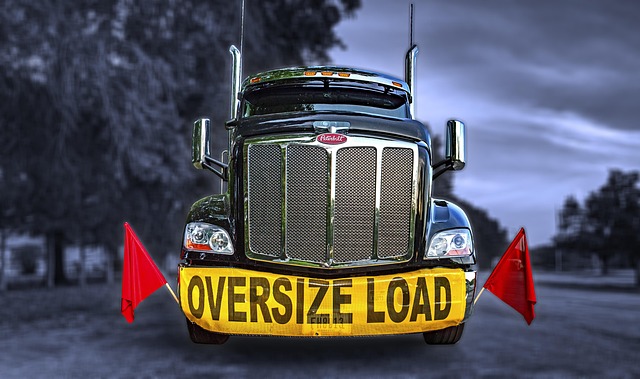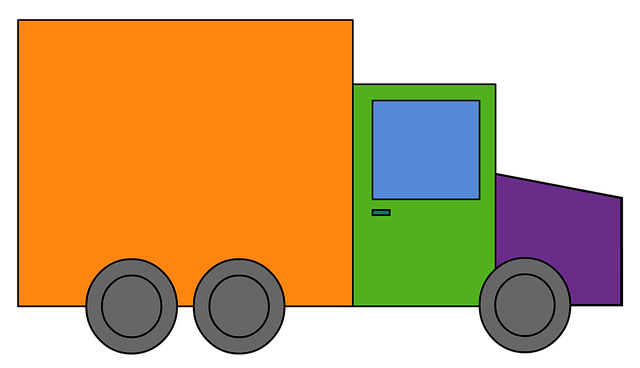Looking to register your car in California? This comprehensive guide walks you through the process, ensuring a smooth experience. From understanding key requirements and gathering essential documents to verifying your Vehicle Identification Number (VIN) accurately, we cover it all. Learn about different registration types and periods, and discover how to submit your application along with the necessary fees. Follow these steps, including effective VIN verification, for a successful car registration in California.
- Understand Requirements for Car Registration in California
- Gather Necessary Documents for Car Registration
- Verify Vehicle Identification Number (VIN) Accurately
- Choose an Appropriate Registration Type and Period
- Submit Application and Pay Fees for Car Registration
Understand Requirements for Car Registration in California

Before diving into the registration process, it’s crucial to understand the requirements for car registration in California. The state mandates that all vehicles operating on its roads be properly registered and inspected to ensure safety and compliance with emission standards. One key aspect is the verification of the Vehicle Identification Number (VIN). A VIN verifier is essential for this process as it helps confirm the vehicle’s authenticity, history, and whether it meets environmental regulations.
In California, a VIN inspection is typically conducted during registration to check for any discrepancies or potential fraud. Individuals can opt for traditional stationary VIN verification or consider more convenient options like mobile vin inspection services. These services bring the inspection to you, making the process quicker and more accessible. Understanding these requirements beforehand ensures a smoother car registration experience in California.
Gather Necessary Documents for Car Registration

Before you start the registration process, ensure you have all the required documents ready. This typically includes your vehicle’s title, which is often obtained from the previous owner during the purchase or transfer of ownership. The Vehicle Identification Number (VIN) is another crucial piece; this unique code can be found on the vehicle’s registration certificate and is also readily accessible through a mobile VIN verifier or by checking the frame or engine bay of your car.
Additionally, you’ll need proof of insurance, which demonstrates that your vehicle is covered under a valid policy. Other essential documents may include identification such as a driver’s license or state-issued ID card, and possibly a copy of your purchase agreement or lease contract if applicable. Some of these documents can be uploaded online during the registration process, but having physical copies ready ensures a smoother transition.
Verify Vehicle Identification Number (VIN) Accurately

When preparing to register your car in California, one of the crucial steps is ensuring your Vehicle Identification Number (VIN) is accurate and valid. This unique 17-character code is a vital component of your vehicle’s history and identity. To verify it correctly, you can use a reliable vin verifier like mobile VIN inspection services or online tools. These tools cross-check the VIN against databases to confirm its authenticity and provide essential details about the vehicle’s past, including ownership history, accident reports, and recall information.
For added convenience and precision, consider availing of a mobile vin inspection. This service brings the verification process directly to you, allowing for swift confirmation of your car’s VIN integrity. With such measures in place, you can have peace of mind knowing that your vehicle registration process will be seamless and that all information associated with your car is accurate, which is essential when navigating California’s vehicle registration requirements.
Choose an Appropriate Registration Type and Period

When registering your car in California, the first step is to determine the appropriate registration type based on your vehicle’s use and age. There are different classes for cars, motorcycles, and other types of vehicles, each with its own set of requirements and fees. You can choose between a standard registration or opt for longer periods, like a multi-year registration, which might be more cost-effective.
California also offers options tailored to specific situations, such as short-term registrations for non-resident visitors or temporary registrations for vehicles undergoing repairs. Using a reliable mobile vin verifier or conducting a vin inspection can help ensure you select the correct registration type and period, streamlining the registration process and ensuring compliance with state regulations.
Submit Application and Pay Fees for Car Registration

To complete the registration process, it’s time to submit your application and fees. This crucial step involves filling out the necessary paperwork, which can be done online or in person at a California Department of Motor Vehicles (DMV) office. Ensure all information is accurate and up-to-date, including your vehicle’s make, model, year, and unique Vehicle Identification Number (VIN). The VIN is a vital piece of data used for identification and verification purposes, so consider using a reliable mobile VIN verifier to cross-check the details before submission.
Along with the application, you’ll need to pay the required fees. These include registration costs, title fees, and possibly other taxes or charges. California offers various payment methods, typically including cash, credit card, debit card, or check. Once your application is approved and fees are processed, you’ll receive your official car registration documents in the mail.
Registering a car in California is a straightforward process, but understanding the requirements and gathering the right documents is crucial. By accurately verifying the Vehicle Identification Number (VIN) using a reliable VIN verifier, you ensure a smooth registration experience. Choose the appropriate registration type and period, then submit your application along with the necessary fees. Following these steps will have your California vehicle registered in no time.



